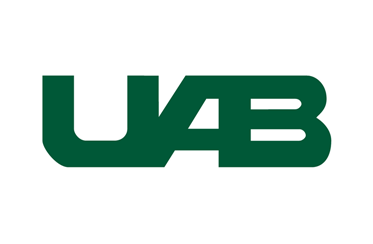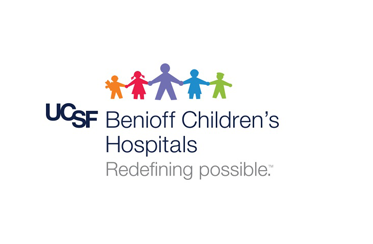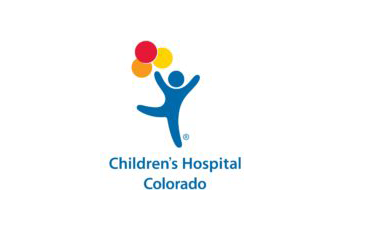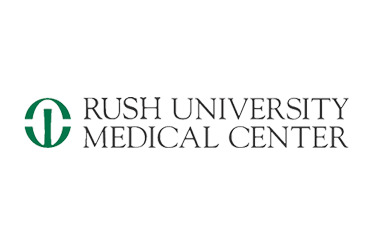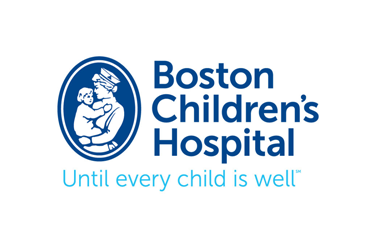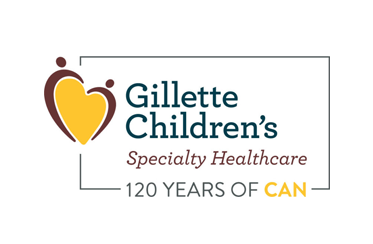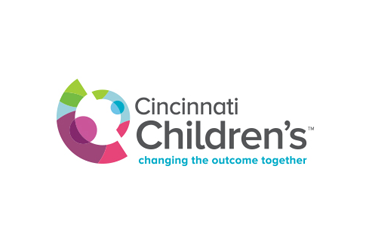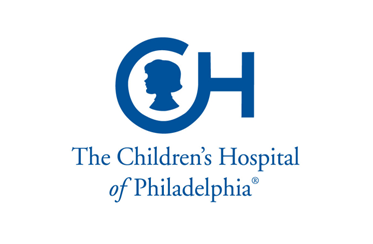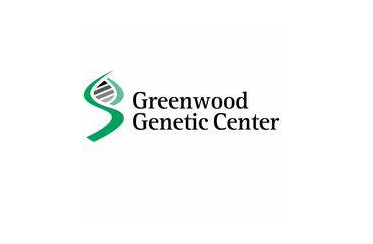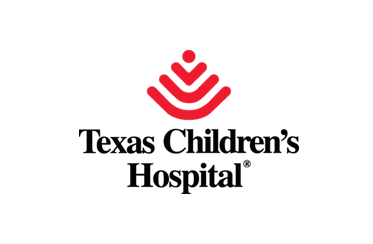Every family has a unique experience with Rett syndrome
Bringing these experiences together inspires new treatments that can help resolve Rett.
To develop treatments for a rare disease like Rett syndrome, researchers need access to detailed information on its natural history- its progression over time and how it affects an individual’s health.
We have 15 years of this data from more than 1,000 individuals from our Rett community. Today, our community can benefit from the insights gained through this data.
But the work isn’t finished. With the support of clinical network and Rett syndrome physicians throughout the United States, we are committed to continue to collect this data for years to come. We won’t stop until there are treatments and a cure for all those with Rett syndrome, and we need your help. Together, we can create a world without Rett.
What should you expect?
Join 1,000+ participants aiding our effort to accelerate research for Rett syndrome today.
Accelerating Rett Research
Community participation in the Natural History Study increases the rate of treatment development by:
- Uncovering New Insights into Rett Syndrome. More health data makes it easier for researchers to identify patterns in disease progression. These patterns can change the way researchers think about a disease and how it could be treated.
- Identifying Unmet Patient Needs. No one knows what individuals with Rett syndrome need to thrive more than their families and healthcare providers.
- Improving Clinical Trials. Longitudinal data collected from individuals with Rett and caregivers contains insights that enable the design of better clinical trials. It also supports the FDA approval process for treatments tested in clinical trials.
- Reducing Financial Barrier To Treatment Development. The $1.3 billion (JAMA) average cost to bring a new drug to the market represents an investment few companies may be willing to make for a rare disorder. Contributing to the Rett Natural History Study reduces this cost and makes treatment development more attractive.
“Knowledge of natural history is essential for developing more efficient clinical trial designs. It also could help reduce the length and cost of drug development and, possibly, contribute toward greater predictability of clinical development programs.” – Janet Woodcock, M.D., Director of FDA’s Center for Drug Evaluation and Research
Benefits For Rett
The Natural History Study for Rett syndrome has already yielded the following benefits for individuals living with Rett syndrome:
- Created Primary Care Guidelines. New information on Rett syndrome informs primary care physicians’ current Rett treatment plans.
- Improved Longevity and Heart Health. A pattern of heart rhythm abnormalities has been found in some individuals with Rett syndrome. As a result, EKGs are now recommended to test for this pattern so that life-saving interventions can be implemented if necessary.
- Improved Clinical Trial Design. The study identified criteria that researchers can use to assess the efficacy of a new treatment in a clinical trial.
- New Knowledge About Rett Syndrome. Research publications have increased awareness of and knowledge about Rett syndrome.
For Families
Your participation in this research effort brings us all closer to a cure. The Rett Syndrome Natural History Study will continue until July 31, 2021. Here is some information about participation:
- Participants– Both males and females with Rett syndrome and Rett-related disorders.
- Type of data collected– Health information such as development, medical issues, seizure history, behavior, etc.
- Method of data collection– Clinic visits and online surveys.
- Privacy protection– The data you provide will be de-identified to protect your privacy. Researchers who use the database will not know who any of the health data provided belongs too.
- Time commitment- 2-hour Rett Clinic visit.
- Financial commitment– Cost of travel to clinic only.
- Benefits– Many families find that taking action to help create a better future for their loved ones with Rett syndrome provides a sense of relief.
For Industry Partners
Our Rett syndrome clinical database is the most comprehensive in the world. It contains:
- 15 years of clinical data
- 7,000+ data fields
- 1,000+ individuals with Rett syndrome
- Reflects participants across entire life span
- Varying degrees of disease severity
Want to see how this database can boost your treatment development efforts? We would love to work with you! Contact us to get started.
Natural History Study Partners
